If you can manage a cafe here, you can open a bar, right?
Nishide: I think you had various reactions as a result of opening hotels and the cafe bar in a rural area instead of in an urban area. How was the reaction of residents who lived around here?
Yamakawa (Satsuki): A neighbor recently opened a coffee shop in Inami. When I asked why, the neighbor said, “I had to do it before the Yamakawas bought the property (laughs).”
Akashi: A person has got to think about starting something.
Yamakawa (Tomotsugu): When we started, the commercial facilities here were declining due to the aging population. Given that background, I was very happy to see some people opening their own places with their own money.
Nishide: Do locals stay at your inns?
Yamakawa (Tomotsugu): They often stay with us for having get-togethers and drinking. They also book rooms with us when their children’s families return home during Obon and the New Year holidays because it is difficult to prepare beds for everyone.
Yamakawa (Satsuki): Besides, locals began bragging about Inami saying things such as Inami recently being amazing. I’m really proud of this.
Akashi: You created something that they could be proud of in the town. Maybe they say to look at Inami more and walk around. My hometown has become good like this.
Nishide: Such conversation must lead to topics that people should come back or move here (laughs).
Yamakawa (Tomotsugu): That’s right (laughs).
Minka Riverside Villas (center front) in the Shinminato area, Imizu City, Toyama Prefecture, presented by Mr. Akashi. Guests can occupy one or both of the two houses. The villas were originally old houses where fishing families lived.
Yamakawa (Tomotsugu): Mr. Akashi has also started to discount accommodations for locals, right?
Akashi: Exactly. This is because there is a need for people who do not have enough space when their sons and daughters visit.
Yamakawa (Tomotsugu): After all, accommodation facilities are for visitors and travelers; it would be nice to provide the opportunity for locals to stay at and use the facilities.
Akashi: The locals who stayed became good influencers because they say positive comments to other neighbors like the facilities being good.
Yamakawa (Tomotsugu): I agree. The first influencers are local residents.
Inami Town.
Nishide: I hear that Inami has become lively due to the businesses of Mr. and Mrs. Yamakawa. Do you have any idea about the trigger to activate a city or town?
I think that a charismatic place such as a store, restaurant or inn appears; another follows the first; and the succession of openings finally activates the town. If the town is convenient for living, the population will also increase.
Yamakawa (Tomotsugu): Isn’t Mr. Akashi doing that on his own?
Akashi: I can survive less than a week (laughs).
Yamakawa (Tomotsugu): But it’s a great model for people who want to start a business. If nothing exists in a town, nobody can imagine anything.
Akashi: Many people feel that they want to do something. It’s a bit cheeky, but I want them to feel envious. More people may take on challenges as the result.
When young students who want to do something come to consult, I hold a talk and listen to their stories without criticizing. Young people will be responsible for the next generation.
Yamakawa (Tomotsugu): Actually Shinminato8 is generating a series of stores that follow Rokkakudo.
Akashi: A person who opened a store in Shinminato told me later, “I was looking at Rokkakudo as a model whether a business would succeed here.”
Yamakawa (Tomotsugu): Stephen at Bridge Bar is the same.
Akashi: Right. If you can open a cafe here, you can open a bar. The number of places to be loved will increase, and town vitalization will naturally emerge. This kind of flow is ideal to develop a city.
Someone needs to make the first business. I hope I can be that person.
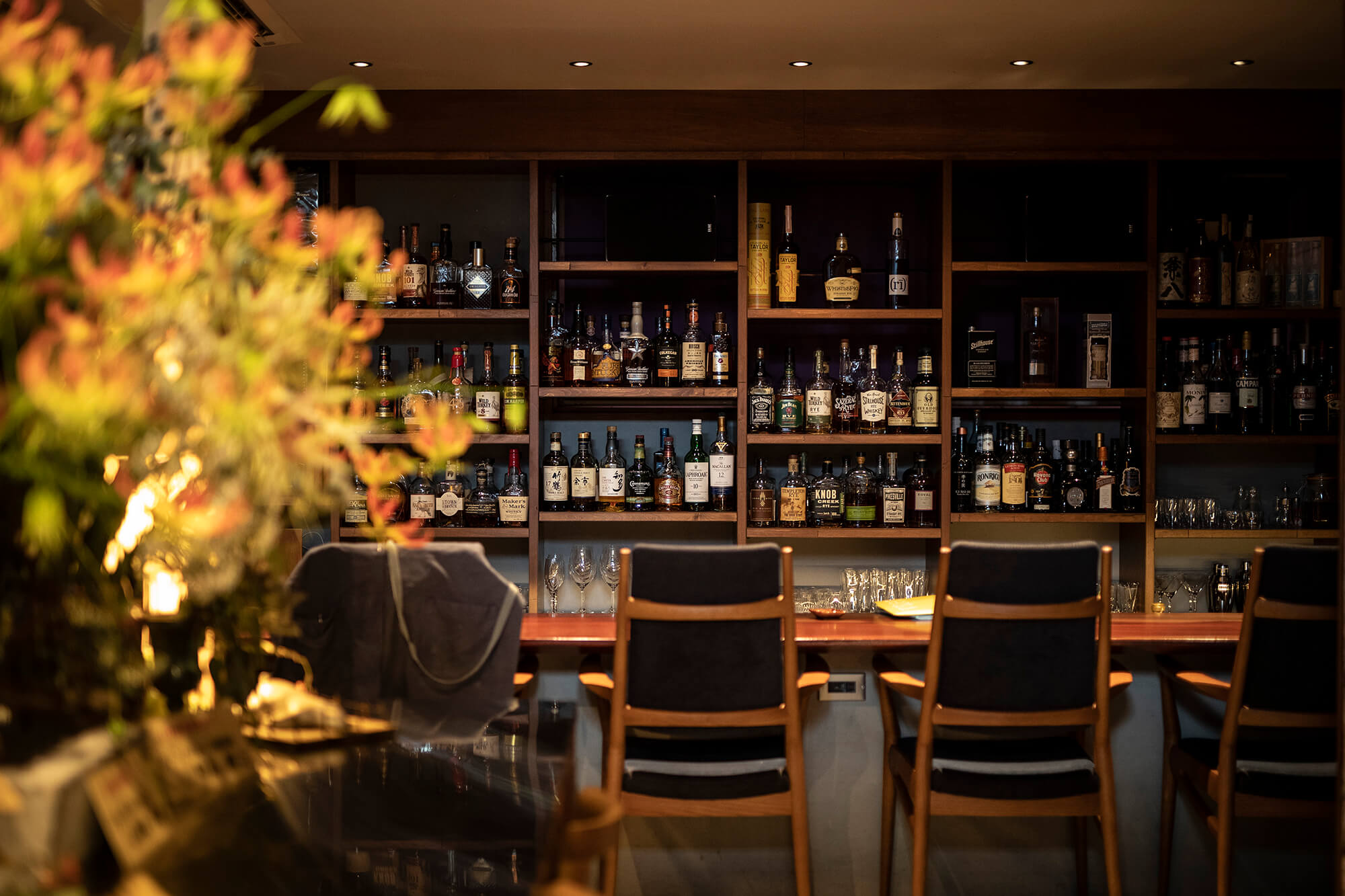 Bridge Bar in the Shinminato area of Imizu City, Toyama Prefecture, designed by Mr. and Mrs. Yamakawa; making the bar was planned, directed and supervised by Mr. Akashi; run by the American owner Mr. Knight.
Bridge Bar in the Shinminato area of Imizu City, Toyama Prefecture, designed by Mr. and Mrs. Yamakawa; making the bar was planned, directed and supervised by Mr. Akashi; run by the American owner Mr. Knight.
Let’s take a break. Mr. Nishide’s architect note (Inami).
Zuisen-ji Temple (the end of the road), the symbol of Inami and the approach from the front.
In order to make it easier to understand Inami Town where the beloved inns and cafe bar were created, I would like to give a brief impression of Inami from the perspective of an architect.
The history of Inami as a wood carving town is that of Zuisen-ji Temple. In 1581, a feudal warlord burned down the temple and the town.
After that, the main hall was rebuilt in 1660 by a local lord governing Inami then. The technique of building the temple at that time was the beginning of Inami wood carving.
The mountain gate of Zuisen-ji Temple. Photo credit: Corare Artisans Japan
The mountain gate of Zuisen-ji is dynamic and profound, overwhelming viewers. Carpenters from Higashi Hongan-ji Temple in Kyoto started the gate construction and the those living in Inami continued. The building with a gambrel roof, which was also referred to as a Dutch roof in England and America, was made with Japanese zelkova.
The local carpenters who continued with the construction of Zuisen-ji Temple built townhouses in Inami too. Although the old houses do not give a sharp impression due to thick and large structural materials, they contain the essence of Zuisen-ji Temple.
A craft studio along the front approach to Zuisen-ji Temple.
Mr. and Mrs. Yamakawa’s architecture had a different impression from that of the Inami houses. As their inns and cafe bar came into the world through renovation, they still have the character of local townhouses, but they also have a slightly exotic feeling.
This is because Mr. and Ms. Yamakawa have designing experience from China. I realized once again that the experience and background of the architects appear in their design, and history and culture create townscapes.
For example, in the BnC Lounge approach, the tiling is characteristic. The rough tiling like Asian architecture and the delicate wood carving of Japanese are well blended.
The meditation room TenNE, which is less than 1.8 square meters, is also impressive. The space is in a renovated inn, which was also a restaurant before.
When a room is larger, the ceiling normally becomes higher. When a room is smaller, the ceiling is lower in the theory of architecture design.


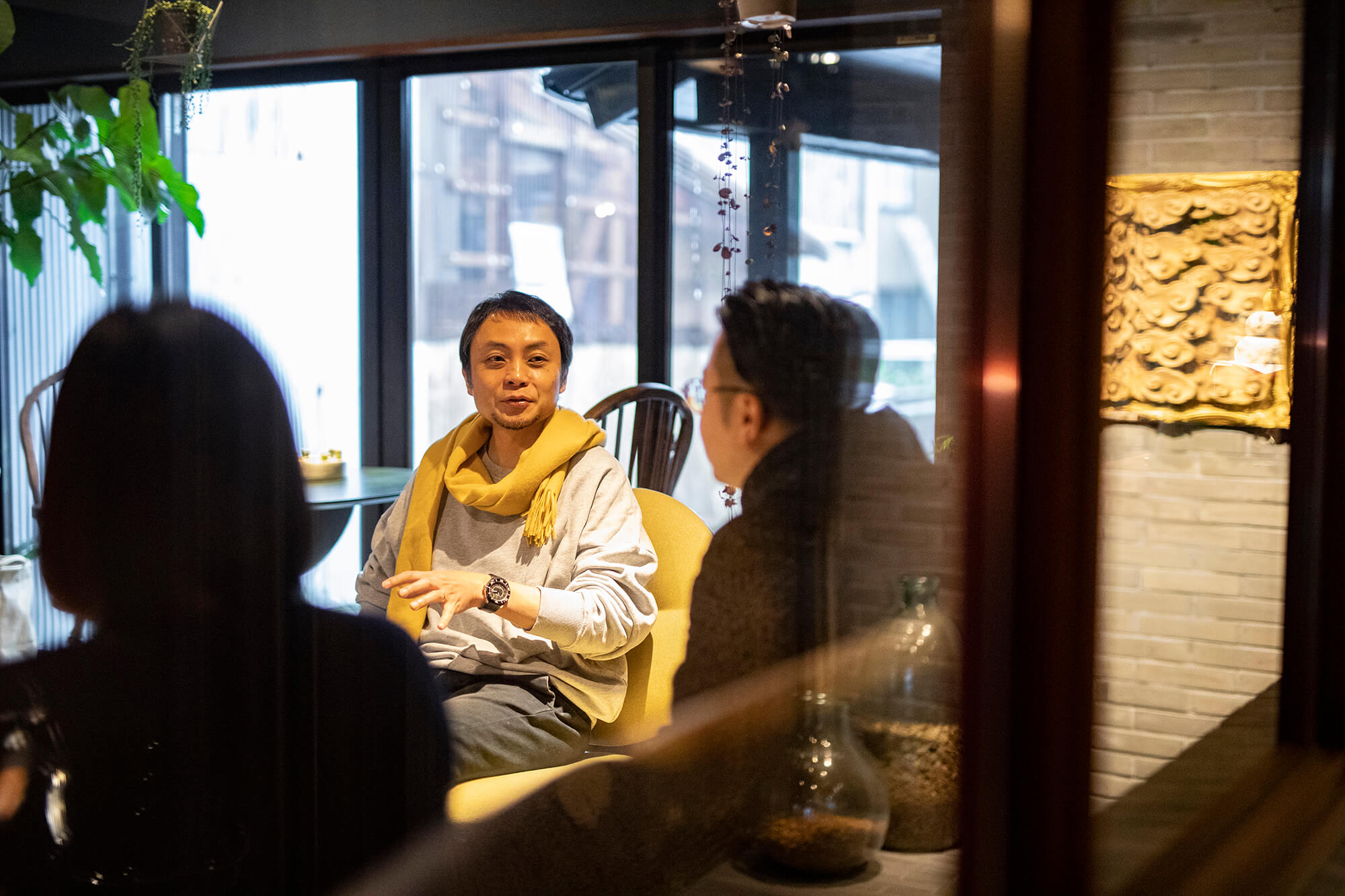
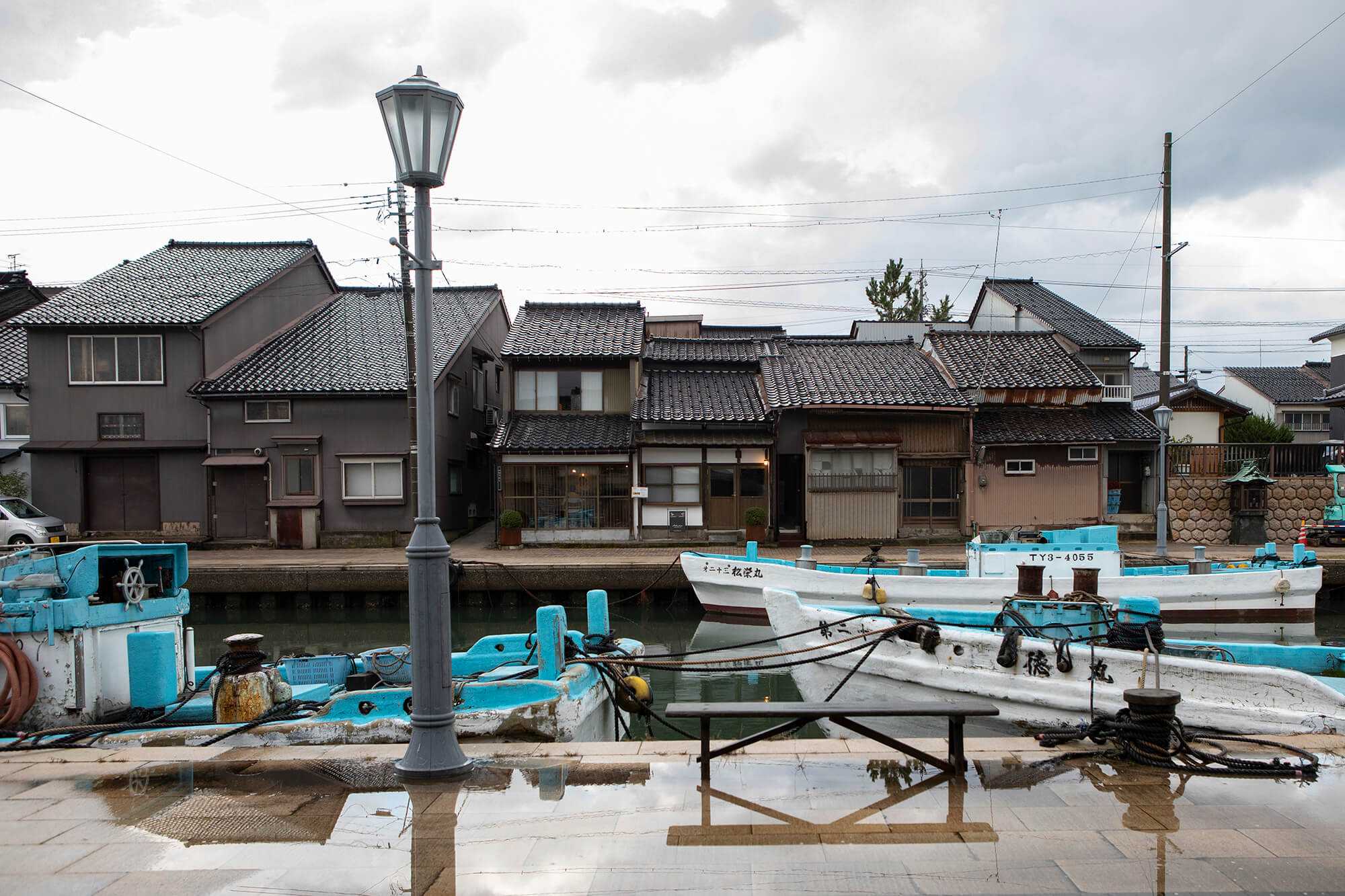


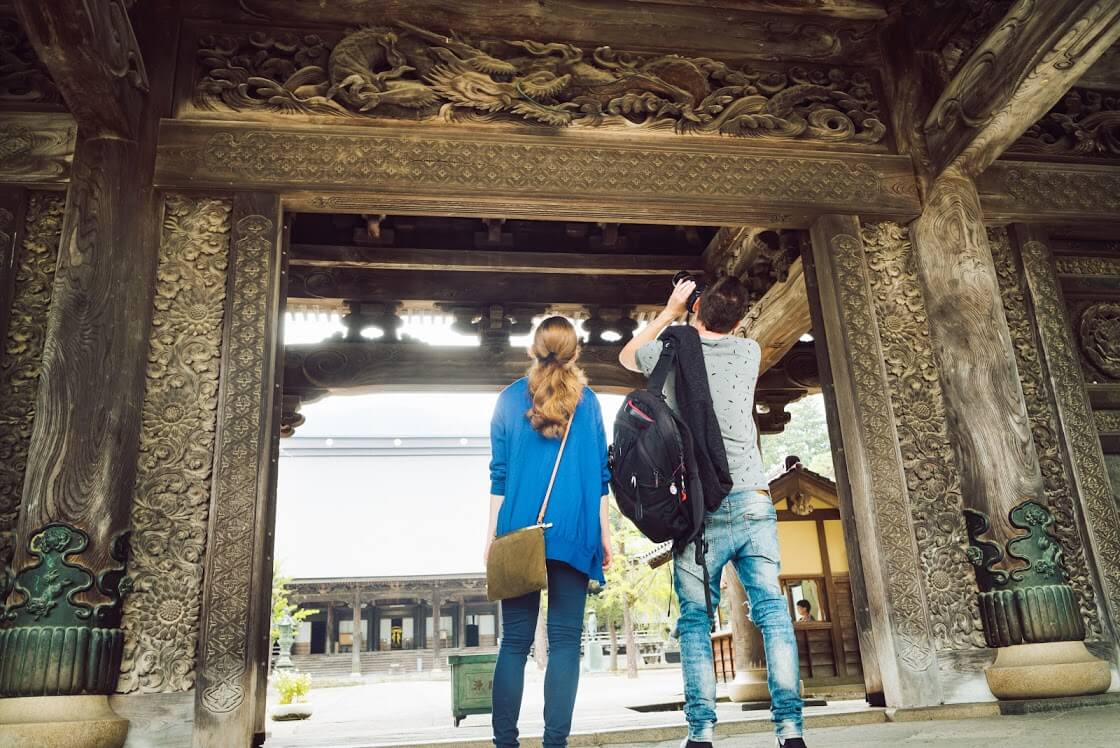

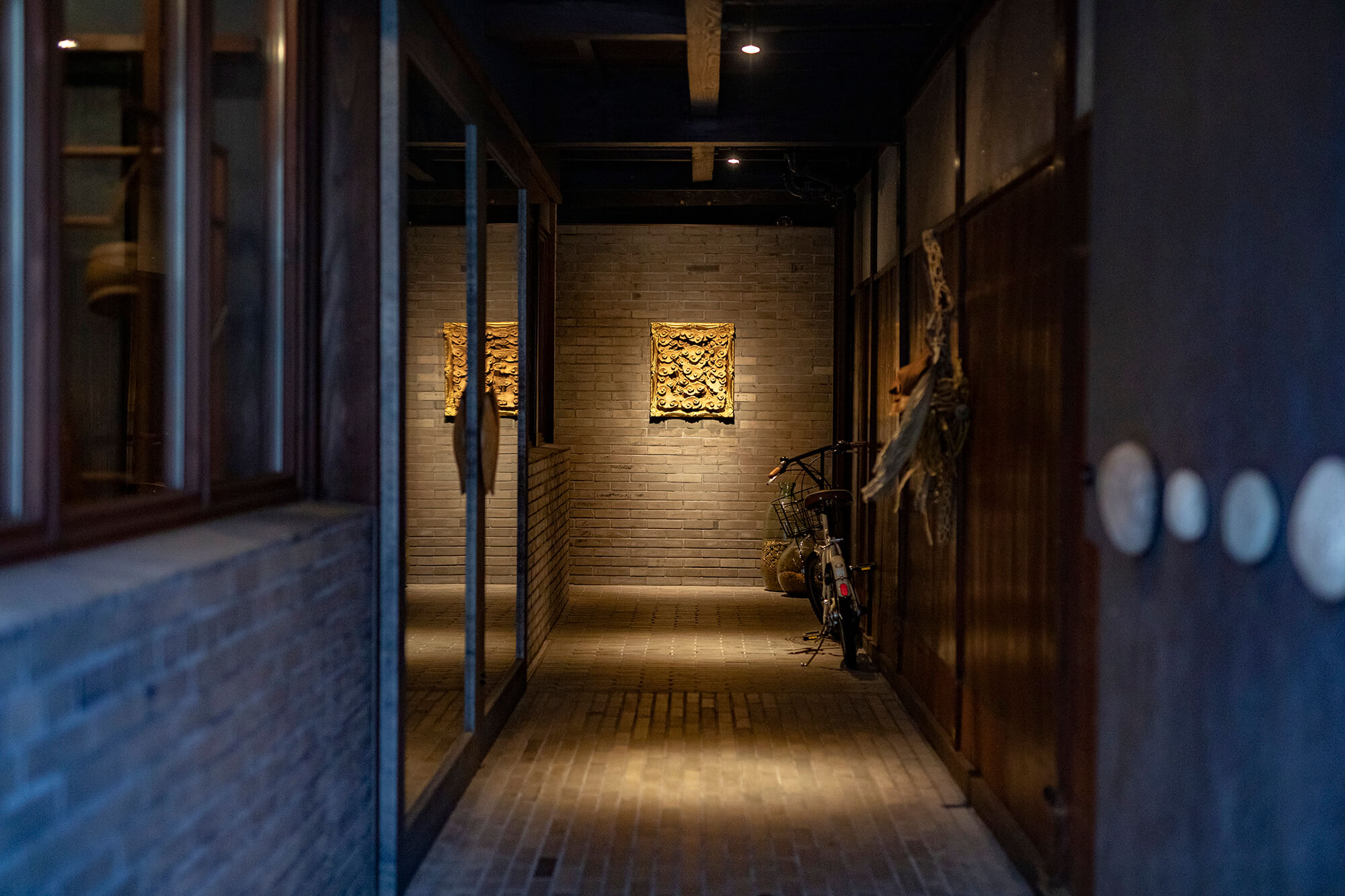
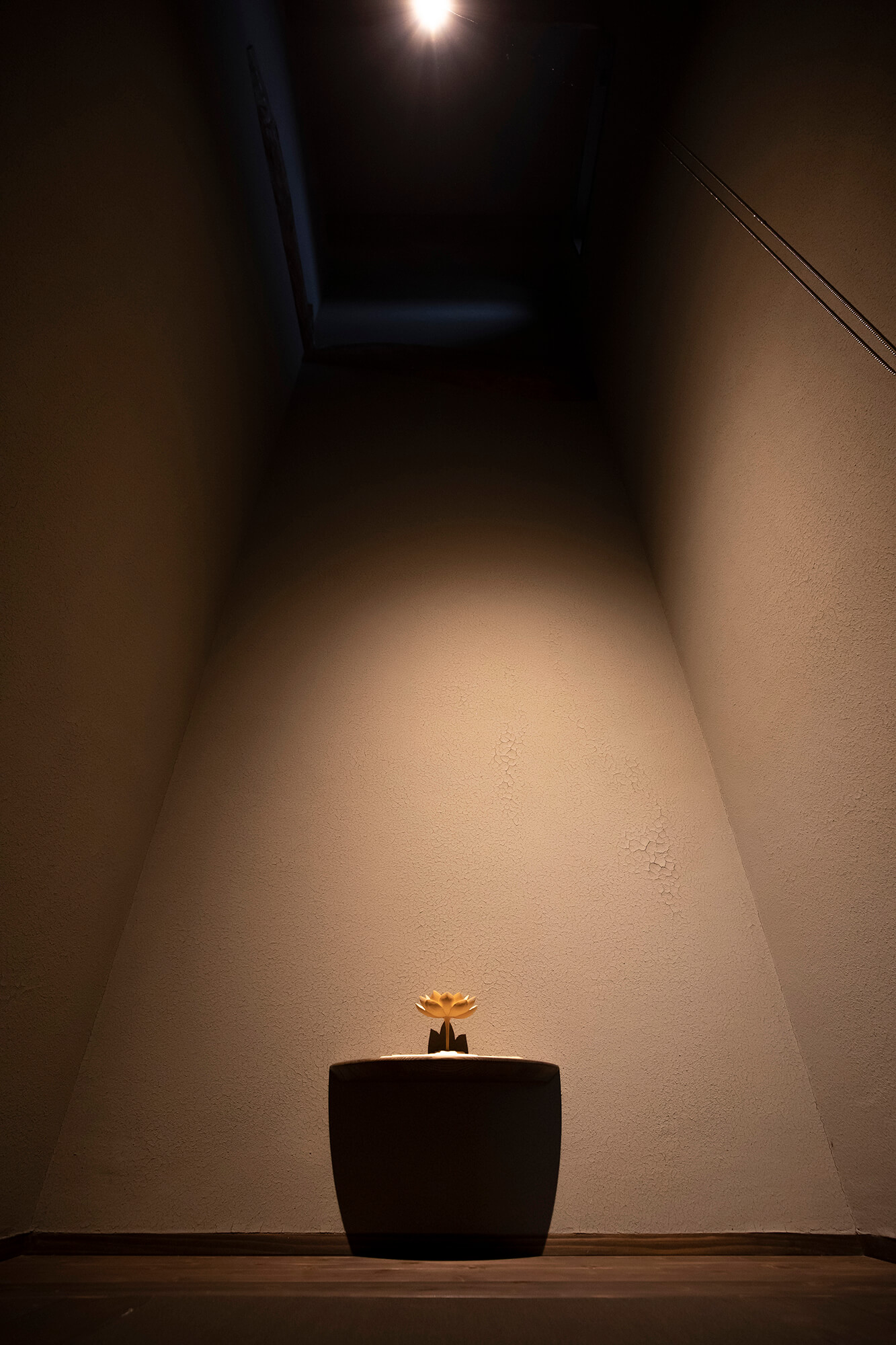


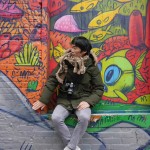
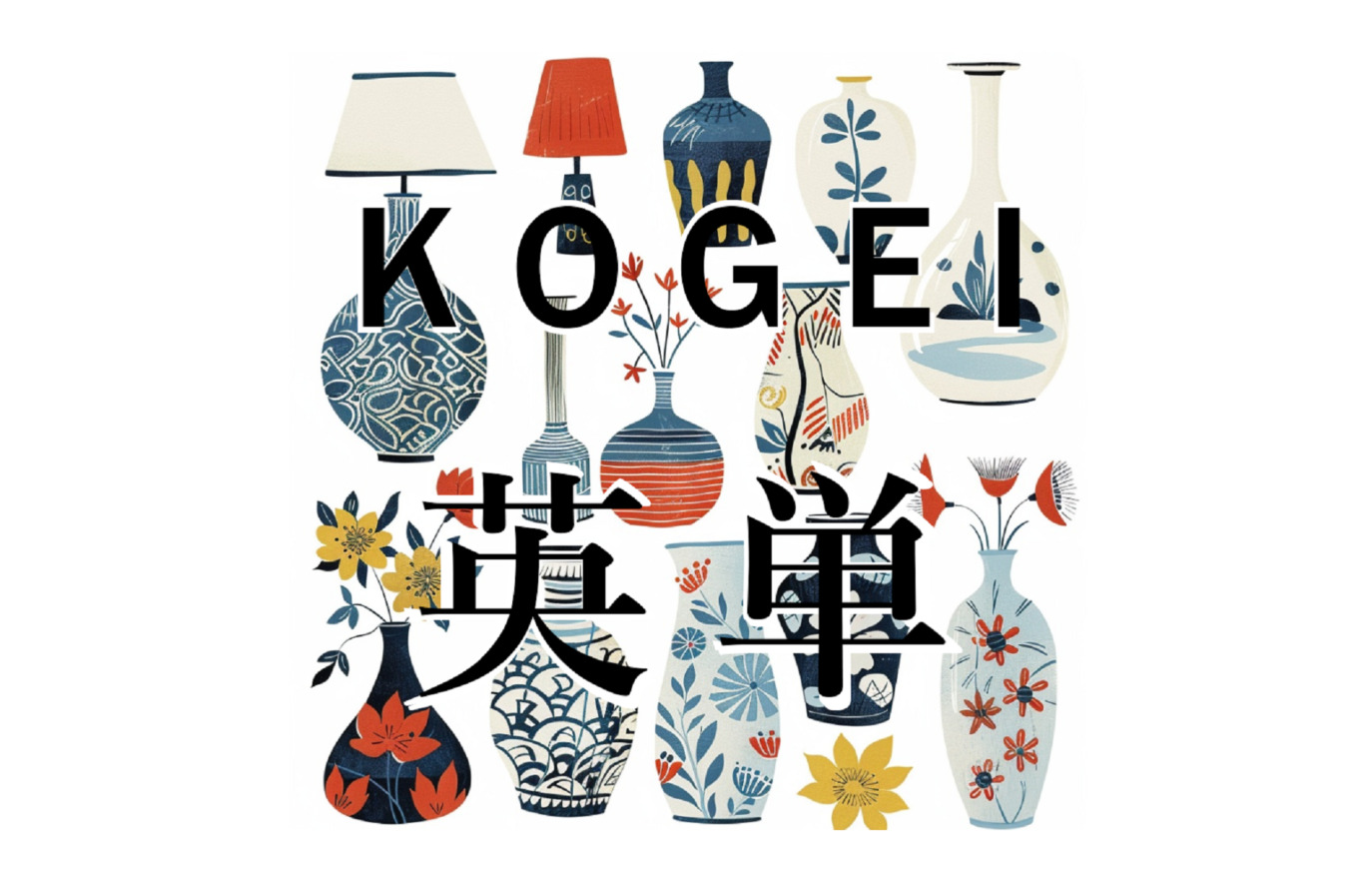

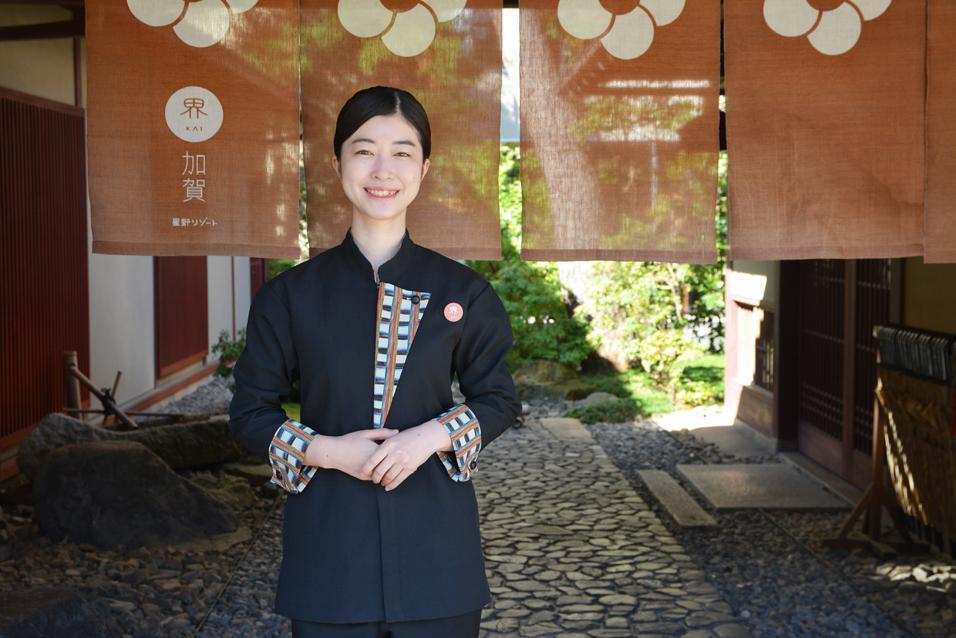
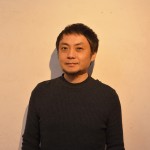
Like op-ed
For this article, we are waiting for your positive, constructive and responsible opinions and comments. Only members can post.
Only members can post. please login.